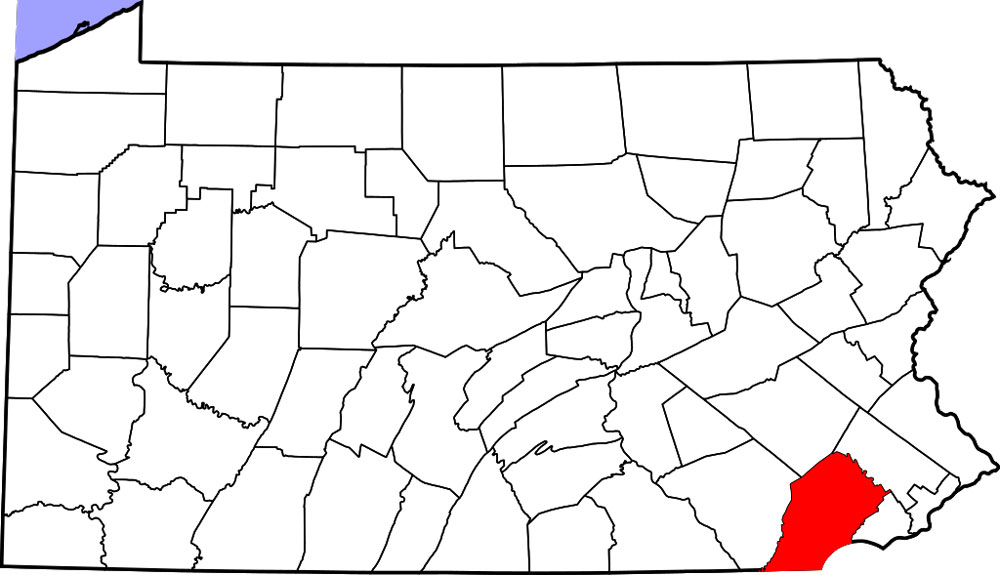
On May 18, the University of Pennsylvania’s New Bolton Center in Kennett Square confirmed one of its equine patients tested positive for equine herpesvirus myeloencephalopathy (EHM, the neurologic form of equine herpesvirus type 1 or EHV-1).
The horse, which exhibited neurologic signs, was at the university’s Moran Facility, a critical care center designed to prevent infectious disease spread between patients. The horse remains isolated in quarantine, and no other cases have been identified.
Pennsylvania Department of Agriculture officials stated that the potential for other equine patients at New Bolton Center to be exposed was extremely unlikely. Therefore, the large animal hospital remains open and fully functional.
The Equine Disease Communication Center released this information on May 18, 2022.
Learn more about EHM from this Fact Sheet from the EDCC and AAEP.
EHV 101
Equine herpesvirus is highly contagious among equids and can cause a variety of ailments, including rhinopneumonitis (a respiratory disease usually found in young horses), abortion in broodmares and EHM.
In many horses, the first or only sign of EHV-1 infection is fever, which can go undetected. Other common signs of EHV-1 infection in young horses include cough, decreased appetite, depression and a nasal discharge.
Pregnant mares typically show no signs of infection before they abort, and abortions usually occur late in gestation (around eight months) but can be earlier. Abortions can occur anywhere from two weeks to several months following infection with EHV-1.
Horses with EHM usually have a fever at the onset of the disease and might show signs of a respiratory infection. A few days later, neurologic signs such as ataxia (incoordination), weakness or paralysis of the fore- and/or hind limbs, urine retention and dribbling, loss of tail tone and recumbency (inability to rise) develop.
Equine herpesvirus is easily spread by nose-to-nose or close contact with an infectious horse; sharing contaminated equipment including bits, buckets and towels; or clothing, hands or equipment of people who have recently had contact with an infectious horse. Routine biosecurity measures, including hygiene and basic cleaning and disinfection practices, should be in place at all times to help prevent disease spread.
Current EHV-1 vaccines might reduce viral shedding but are not protective against the neurologic form of the disease. Implementing routine biosecurity practices can help minimize viral spread.








